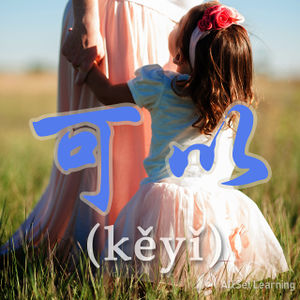Difference between revisions of "Expressing permission with "keyi""
| Line 1: | Line 1: | ||
{{Grammar Box}} | {{Grammar Box}} | ||
| − | + | 可以 (kěyǐ) is primarily used for expressing permission. | |
== Structure == | == Structure == | ||
| − | Permission is expressed with the verb 可以. It might be helpful to think of 可以 as meaning "may" | + | Permission is expressed with the [[modal verb]] 可以. It might be helpful to think of 可以 as meaning "may." This will help to keep its functions and usage clear. |
<div class="jiegou"> | <div class="jiegou"> | ||
| Line 21: | Line 21: | ||
* 你 <em>可以</em> 坐 在 这儿。<span class="trans">You may sit here.</span> | * 你 <em>可以</em> 坐 在 这儿。<span class="trans">You may sit here.</span> | ||
* 我 <em>可以</em> 看 这 个 吗?<span class="trans">May I see this?</span> | * 我 <em>可以</em> 看 这 个 吗?<span class="trans">May I see this?</span> | ||
| − | * 他 <em>可以</em> 跟 我们 来。<span class="trans">He | + | * 他 <em>可以</em> 跟 我们 来。<span class="trans">He can come with us.</span> |
</div> | </div> | ||
==See also== | ==See also== | ||
| + | |||
*[[Expressing ability or possibility]] | *[[Expressing ability or possibility]] | ||
*[[Hui, keyi and neng]] | *[[Hui, keyi and neng]] | ||
Revision as of 08:57, 28 January 2013
-
Level
-
Similar to
-
Used for
-
Keywords
可以 (kěyǐ) is primarily used for expressing permission.
Structure
Permission is expressed with the modal verb 可以. It might be helpful to think of 可以 as meaning "may." This will help to keep its functions and usage clear.
Subject + 可以 + Verb + Object
Use this structure to express permission to do things.
Examples
- 你 可以 坐 在 这儿。You may sit here.
- 我 可以 看 这 个 吗?May I see this?
- 他 可以 跟 我们 来。He can come with us.
See also
Sources and further reading
Books
- New Practical Chinese Reader 1 (新实用汉语课本1) (pp. 160-1) →buy
- New Practical Chinese Reader 1 (新实用汉语课本1)(2nd ed) (pp. 185-7) →buy



